Home>Furniture & Design>Interior Design Trends>What Type Of Bone Is Used In Home Decor
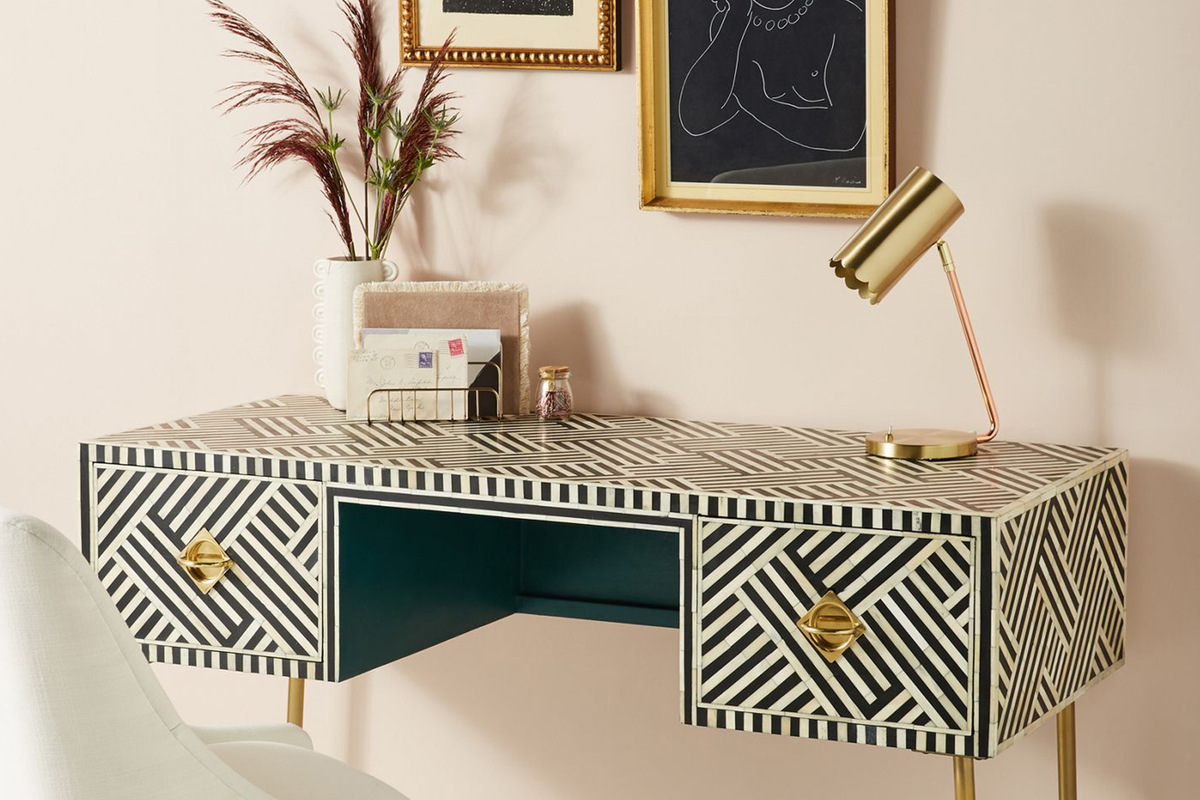

Interior Design Trends
What Type Of Bone Is Used In Home Decor
Modified: January 6, 2024
Discover the latest interior design trends with unique bone decor. Find out what type of bone is used in home decor and elevate your space today!
(Many of the links in this article redirect to a specific reviewed product. Your purchase of these products through affiliate links helps to generate commission for Storables.com, at no extra cost. Learn more)
Introduction
Home decor is an art that allows individuals to express their personality and style through the arrangement of furniture, color schemes, and accessories. One unique and intriguing element that has found its way into the realm of home decor is the use of animal bones. While this may seem unconventional, incorporating bones into decor can add a touch of natural elegance and historical significance to a space.
The use of animal bones in home decor is not a new concept. Throughout history, various cultures have utilized bones as decorative elements, often imbuing them with symbolic and spiritual meanings. From ancient tribal traditions to modern interior design trends, the presence of animal bones in decor continues to captivate and inspire.
In this article, we will explore the types of animal bones commonly used in home decor, ethical considerations surrounding their use, the cultural significance of bones in decor, and the environmental impact of this practice. By delving into these aspects, we can gain a comprehensive understanding of the role of animal bones in home decor and appreciate the complexities and nuances associated with their use. Whether you are a design enthusiast, a conscientious consumer, or simply curious about unconventional decor elements, this exploration of animal bones in home decor is sure to pique your interest.
Key Takeaways:
- Animal bones, like antlers and skulls, add history and natural beauty to home decor. They should be sourced ethically and legally to respect wildlife and promote sustainability.
- Incorporating animal bones in decor honors cultural traditions and promotes ethical and sustainable design practices. It connects us to nature and adds a unique touch to interior spaces.
Animal Bones in Home Decor
The incorporation of animal bones into home decor adds a unique and captivating dimension to interior design. Bones, with their natural textures, earthy tones, and organic shapes, can serve as striking focal points or subtle accents in a variety of decor styles. Whether used as functional pieces, such as furniture and lighting, or as ornamental embellishments, animal bones bring a sense of history, artistry, and connection to the natural world into living spaces.
From a design perspective, animal bones offer a versatile and visually compelling resource for creating one-of-a-kind decor elements. Their inherent strength and durability make them suitable for crafting furniture pieces like tables, chairs, and shelves, adding a touch of rustic charm and character to interiors. Additionally, bones can be fashioned into decorative objects such as sculptures, wall art, and accent pieces, infusing spaces with a sense of raw beauty and tactile appeal.
Furthermore, the use of animal bones in home decor provides an opportunity to honor and celebrate the natural world. By repurposing bones that would otherwise go to waste, designers and homeowners can embrace sustainable practices and promote a deeper appreciation for the beauty and significance of every part of an animal. This mindful approach to decor encourages a connection to nature and a respect for the resources it provides.
As we delve deeper into the types of animal bones commonly used in home decor, we will uncover the diverse ways in which these natural elements can enrich and enliven living spaces, offering a glimpse into the enduring allure of bones as a design medium.
Types of Animal Bones Used in Home Decor
Animal bones used in home decor encompass a wide array of species and skeletal elements, each contributing its own unique aesthetic and cultural significance to interior spaces. From the majestic horns of antlered animals to the delicate intricacies of avian bones, the diversity of bone types offers a rich tapestry of design possibilities. Here are some of the most commonly utilized types of animal bones in home decor:
- Antlers: The impressive antlers of deer, elk, and moose are prized for their graceful curves and rugged elegance. Often used in lighting fixtures, furniture accents, and wall decor, antlers bring a touch of wilderness and rustic charm to interiors.
- Skulls: Animal skulls, whether from cattle, bison, or other large mammals, are revered for their striking visual impact. When incorporated into decor, they evoke a sense of primal energy and serve as bold statement pieces, adding a touch of mystique and natural allure to a space.
- Bones: Various bones, such as femurs, ribs, and vertebrae, are utilized in creating functional and decorative elements in home decor. Whether fashioned into tables, chairs, or sculptural accents, these bones infuse spaces with a raw, earthy aesthetic and a connection to the natural world.
- Feathers: While not bones themselves, feathers are often included in decor alongside animal bones, particularly in tribal and bohemian-inspired design schemes. Their soft, ethereal quality adds a sense of lightness and movement to decorative arrangements, creating a harmonious juxtaposition with the solidity of bones.
Each type of animal bone brings its own symbolic and aesthetic significance to home decor, offering designers and homeowners a diverse palette of natural elements to work with. Whether used in their natural state or artistically transformed into functional or ornamental pieces, animal bones contribute to the rich tapestry of design expressions, inviting a deeper connection to the natural world within interior spaces.
Ethical Considerations
When incorporating animal bones into home decor, ethical considerations play a crucial role in guiding the sourcing and use of these natural elements. As the practice of utilizing bones in decor intersects with ethical and environmental concerns, it is essential for designers and consumers to approach this aspect of decor with mindfulness and respect for the natural world.
One of the primary ethical considerations involves the ethical sourcing of animal bones. It is imperative to ensure that the bones used in decor are obtained through ethical and sustainable means, such as ethically sourced antler sheds, by-products of the food industry, or reclaimed bones from natural animal mortality. By prioritizing ethical sourcing, individuals can contribute to the preservation of wildlife and demonstrate a commitment to responsible and conscientious decor practices.
Furthermore, the ethical treatment of animals is paramount when considering the use of bones in decor. Advocating for the ethical treatment of animals and supporting cruelty-free practices aligns with the principles of ethical decor. This includes advocating for the protection of endangered species and respecting the cultural significance of certain animal bones within indigenous communities.
Another vital ethical consideration pertains to the legality of obtaining and using animal bones. It is essential to be aware of and comply with local and international regulations regarding the acquisition and use of animal bones in decor. This ensures that the utilization of bones respects legal frameworks and upholds ethical standards, contributing to the preservation of wildlife and the protection of endangered species.
By embracing ethical considerations in the use of animal bones in home decor, individuals can align their design choices with values of sustainability, respect for wildlife, and ethical treatment of animals. This conscientious approach not only fosters a deeper connection to the natural world but also promotes responsible and ethical decor practices that resonate with mindful consumers and design enthusiasts.
When using bones in home decor, consider using ethically sourced and sustainable materials such as cow or buffalo bones. These bones can be used to create unique and eco-friendly decorative pieces.
Cultural Significance
The incorporation of animal bones in home decor holds profound cultural significance, reflecting the rich tapestry of traditions, beliefs, and artistic expressions across diverse societies. Throughout history, various cultures have revered and utilized animal bones in rituals, art, and everyday life, attributing symbolic meanings and spiritual significance to these natural elements. As such, the presence of bones in decor not only adds aesthetic allure but also serves as a testament to the enduring cultural legacy associated with these organic materials.
One of the most prevalent cultural associations with animal bones in decor is their symbolic significance in indigenous traditions. Many indigenous cultures view animal bones as sacred symbols representing strength, resilience, and interconnectedness with the natural world. The use of bones in ceremonial objects, traditional crafts, and decorative arts reflects the deep reverence for nature and the spiritual beliefs embedded within indigenous communities.
Moreover, in certain cultural contexts, the presence of animal bones in decor is intertwined with ancestral customs and storytelling. Bones are often imbued with narratives and myths, serving as tangible links to ancestral heritage and collective wisdom. By incorporating bones into decor, individuals honor the cultural narratives and traditions that have shaped their identities, fostering a sense of continuity and reverence for the wisdom of the past.
Furthermore, the cultural significance of animal bones in decor extends to their role in contemporary art and design movements. Artists and designers draw inspiration from cultural symbolism and historical traditions, infusing their creations with the evocative power of bones. This fusion of cultural motifs with modern design sensibilities creates a dynamic dialogue between tradition and innovation, enriching the visual and symbolic language of decor.
By acknowledging the cultural significance of animal bones in home decor, individuals can engage in a meaningful exploration of diverse cultural narratives and artistic expressions. The presence of bones in decor serves as a bridge between past and present, offering a glimpse into the enduring resonance of cultural symbolism and the timeless allure of natural materials in the realm of design.
Environmental Impact
The use of animal bones in home decor encompasses both environmental considerations and sustainability implications, prompting a closer examination of the environmental impact associated with this design practice. As society increasingly prioritizes sustainable and eco-conscious choices, understanding the environmental implications of incorporating bones into decor is essential for promoting responsible and environmentally friendly design practices.
One notable aspect of the environmental impact of using animal bones in decor relates to waste reduction and repurposing. By repurposing bones from ethically sourced or reclaimed materials, individuals contribute to waste reduction and the utilization of natural resources that might otherwise go to waste. This aligns with principles of sustainability and responsible resource management, emphasizing the importance of repurposing natural materials in design.
Furthermore, the use of animal bones in decor can align with sustainable design principles when sourced from ethical and legal channels. Ethically sourced bones, such as shed antlers or by-products of the food industry, contribute to the sustainable utilization of natural materials, minimizing the environmental impact associated with the decor industry. This mindful sourcing approach supports the preservation of wildlife and ecosystems, fostering a more sustainable and environmentally conscious approach to decor.
Additionally, the durability and longevity of animal bones as decor elements contribute to their environmental sustainability. When incorporated into furniture, lighting, or decorative accents, bones can endure for generations, reducing the need for frequent replacements and minimizing the consumption of new resources. This longevity aligns with the ethos of sustainable design, promoting the longevity and durability of decor elements.
By considering the environmental impact of using animal bones in home decor, individuals can make informed choices that prioritize sustainability, waste reduction, and ethical sourcing. Embracing environmentally conscious design practices not only contributes to the preservation of natural resources but also fosters a deeper appreciation for the inherent beauty and sustainability of natural materials in the realm of decor.
Conclusion
The incorporation of animal bones into home decor represents a fascinating convergence of artistry, cultural significance, ethical considerations, and environmental impact. From the striking visual appeal of antlers and skulls to the profound cultural narratives woven into bones, the presence of animal bones in decor offers a multifaceted exploration of design, tradition, and sustainability.
As we have delved into the types of animal bones commonly used in decor, it becomes evident that these natural elements contribute to the rich tapestry of design expressions, offering a diverse palette of textures, shapes, and cultural symbolism. Whether utilized as functional components in furniture or as ornamental accents, animal bones infuse living spaces with a sense of history, connection to nature, and timeless allure.
Moreover, ethical considerations play a pivotal role in guiding the sourcing and use of animal bones in decor, emphasizing the importance of ethical treatment of animals, responsible sourcing, and compliance with legal regulations. By embracing ethical considerations, individuals can align their design choices with values of sustainability, respect for wildlife, and ethical treatment of animals, fostering a deeper connection to the natural world within interior spaces.
The cultural significance of animal bones in decor serves as a testament to the enduring legacy of traditions, spiritual beliefs, and artistic expressions across diverse societies. Whether rooted in indigenous symbolism, ancestral narratives, or contemporary art movements, the presence of bones in decor bridges past and present, inviting a deeper exploration of cultural narratives and artistic expressions.
Furthermore, the environmental impact of using animal bones in decor underscores the importance of sustainable design practices, waste reduction, and responsible resource management. By repurposing bones from ethical sources and promoting the longevity of decor elements, individuals can contribute to sustainable design principles and environmental stewardship within the realm of home decor.
In conclusion, the use of animal bones in home decor offers a compelling intersection of design, culture, ethics, and sustainability. By embracing the multifaceted dimensions of animal bones in decor, individuals can create spaces that not only reflect their personal style but also honor cultural traditions, promote ethical practices, and contribute to a more sustainable approach to interior design.
Frequently Asked Questions about What Type Of Bone Is Used In Home Decor
Was this page helpful?
At Storables.com, we guarantee accurate and reliable information. Our content, validated by Expert Board Contributors, is crafted following stringent Editorial Policies. We're committed to providing you with well-researched, expert-backed insights for all your informational needs.


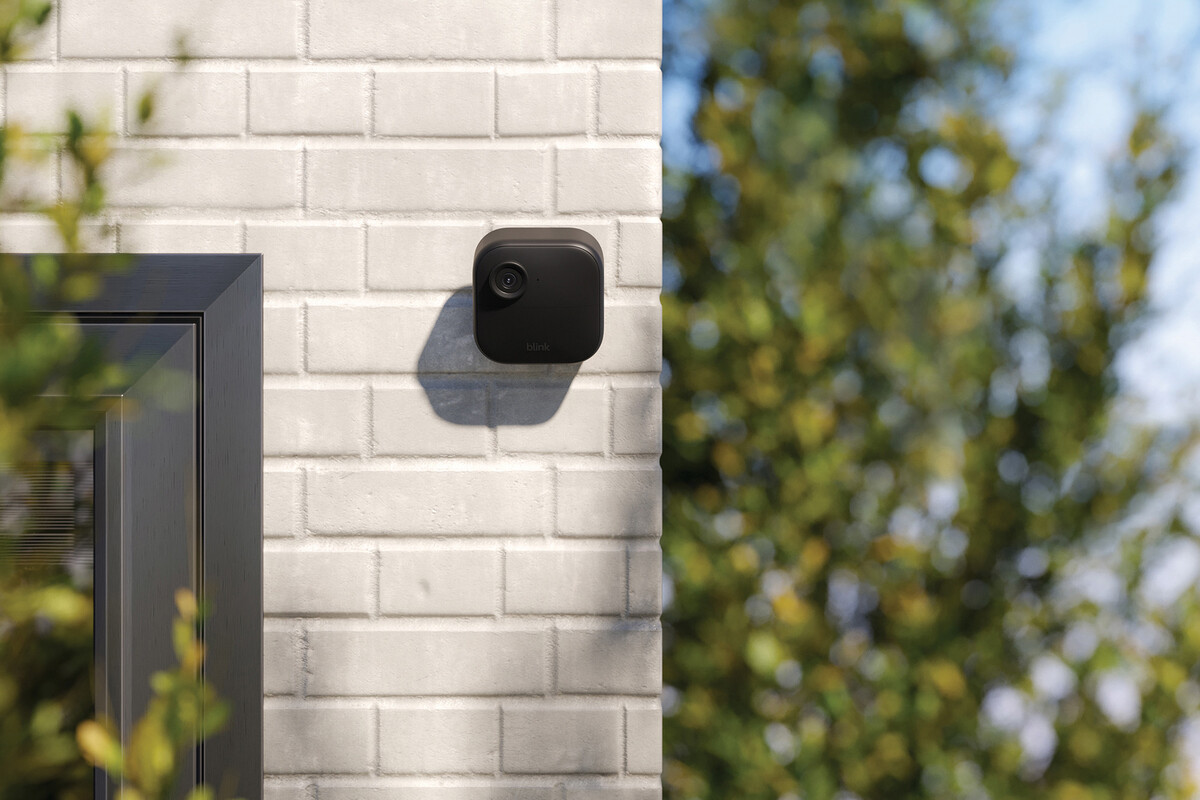

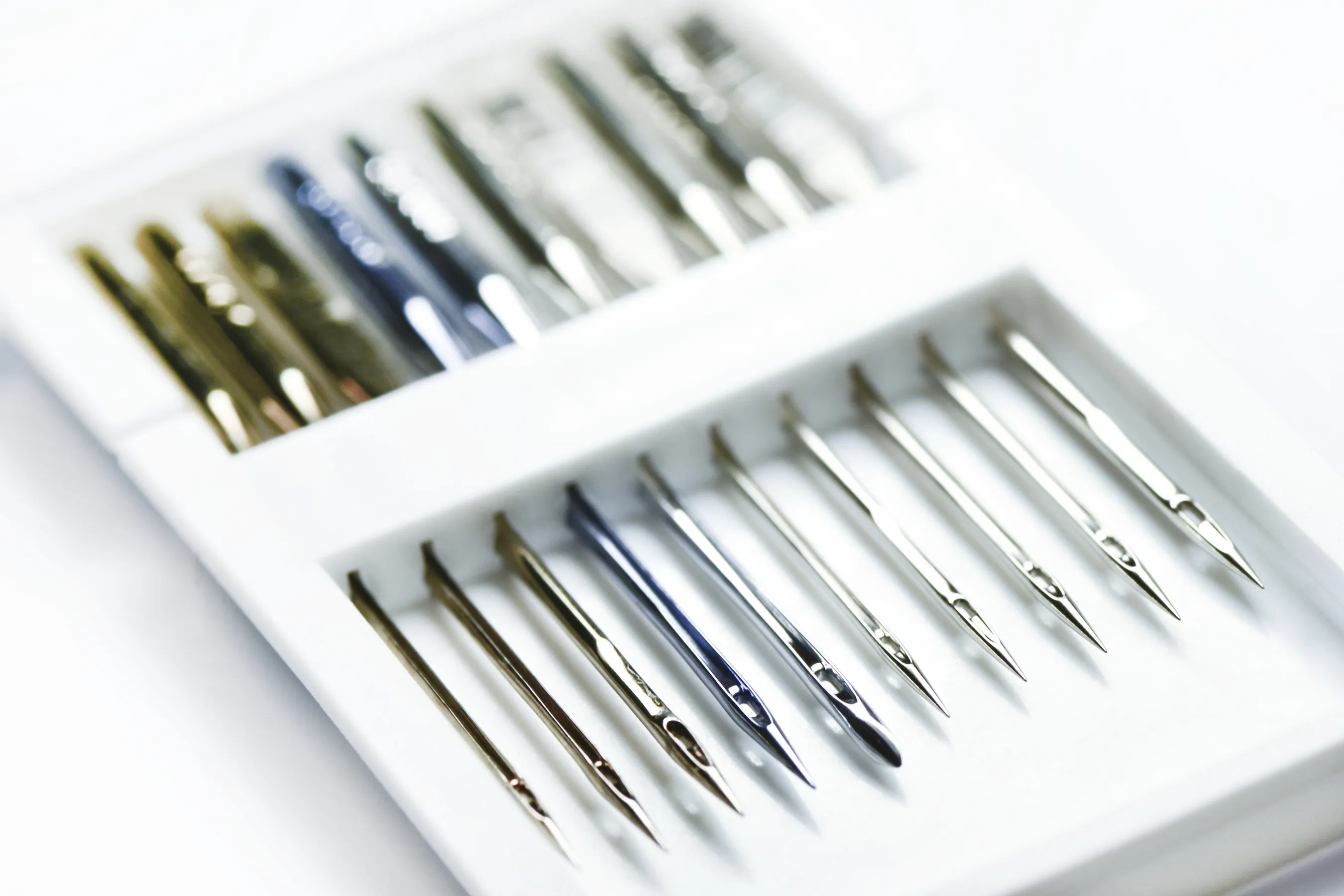

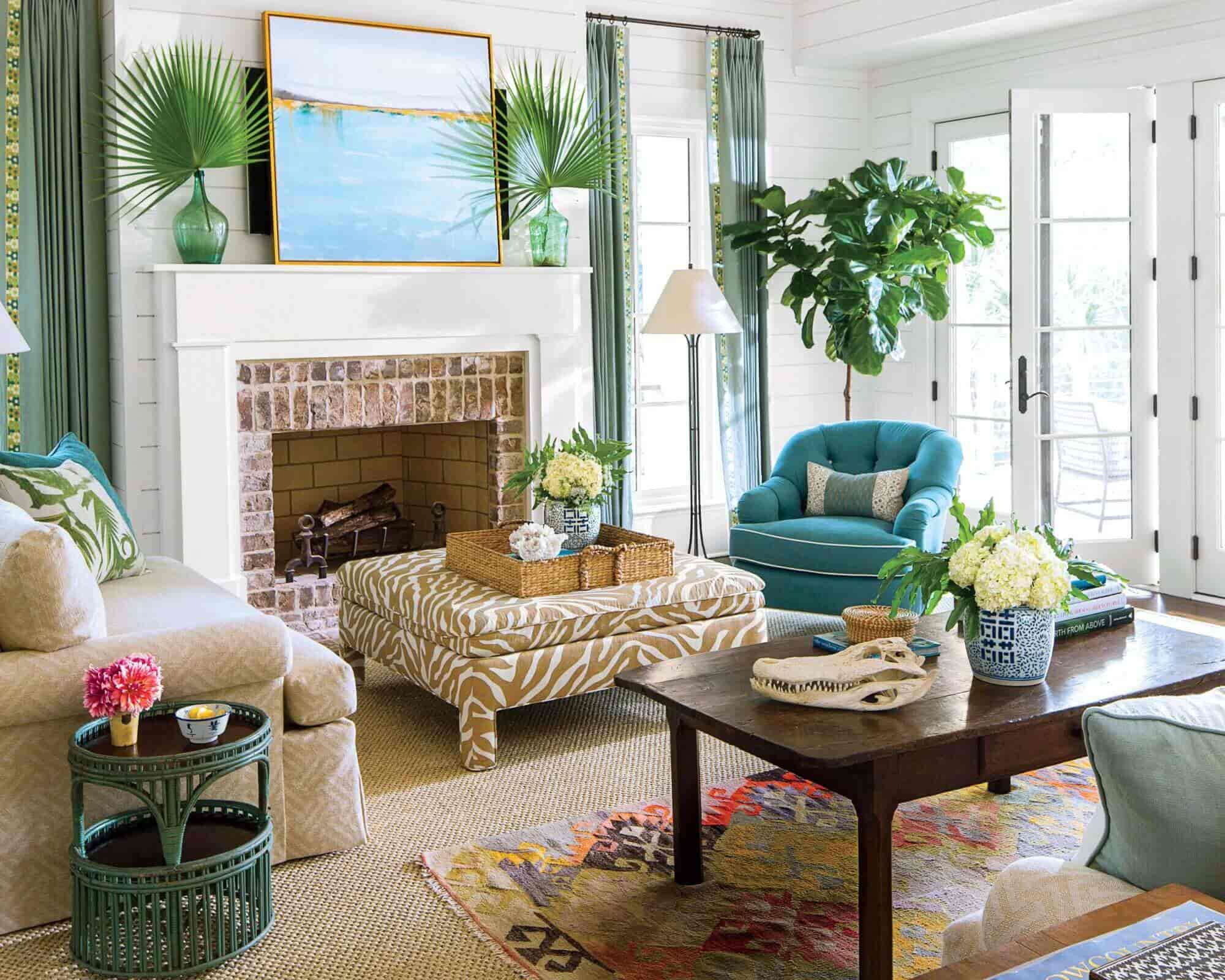
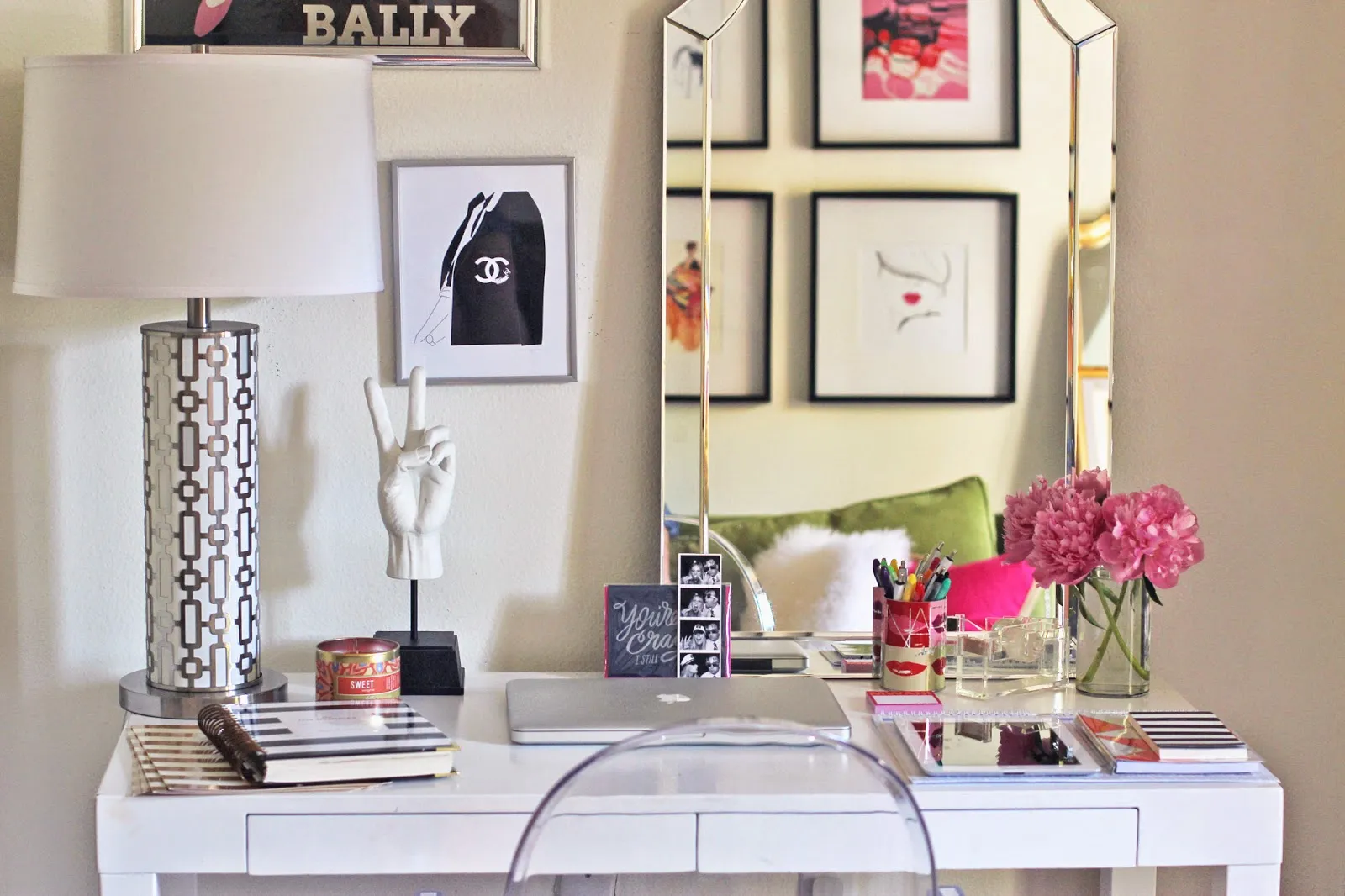
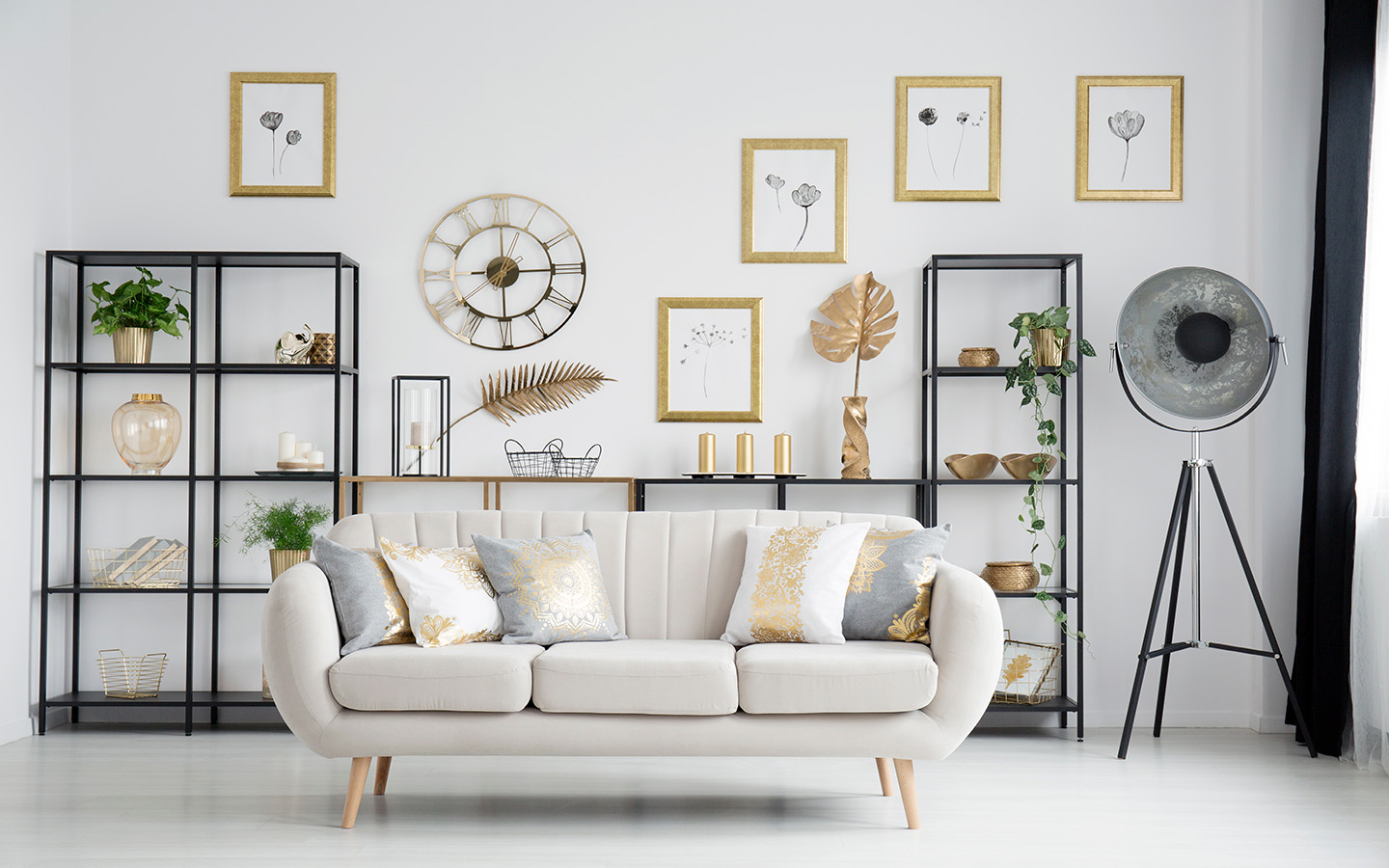
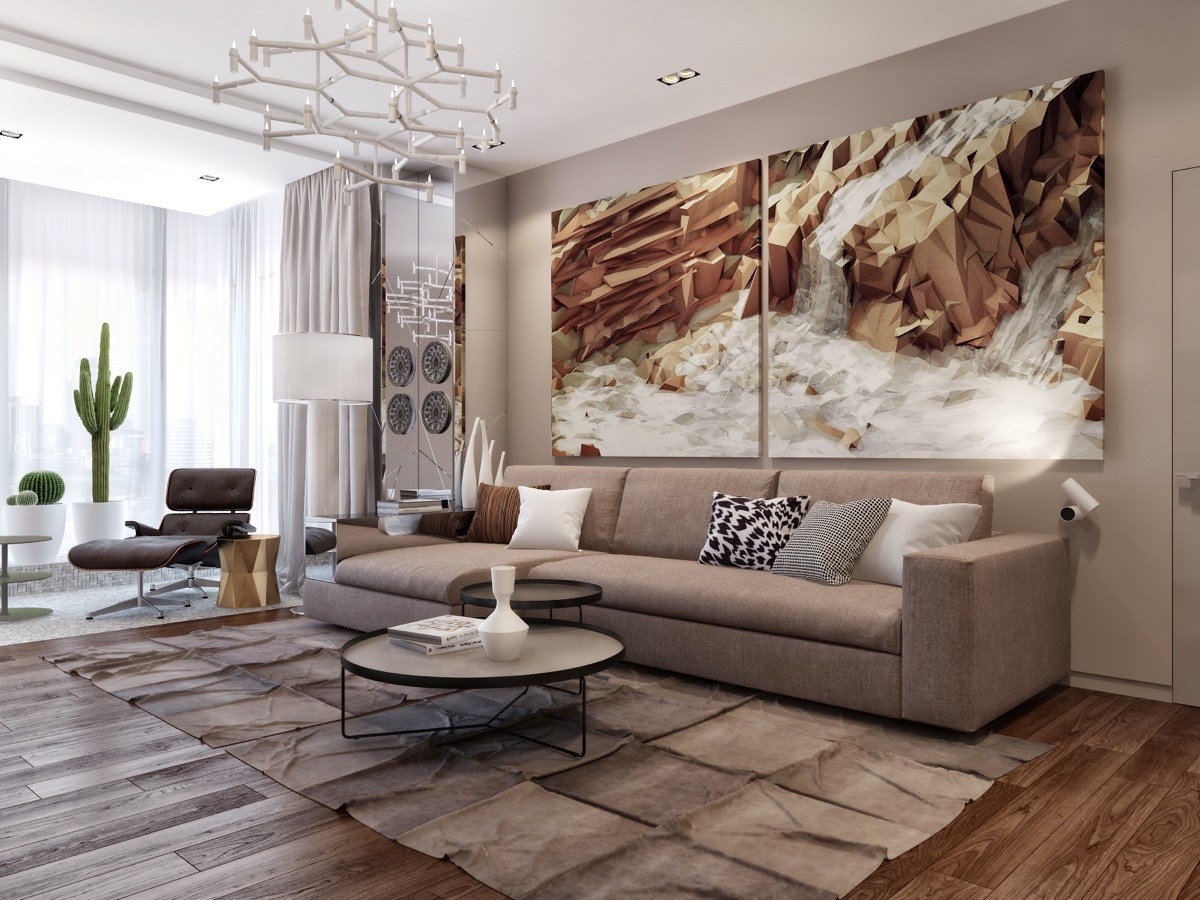
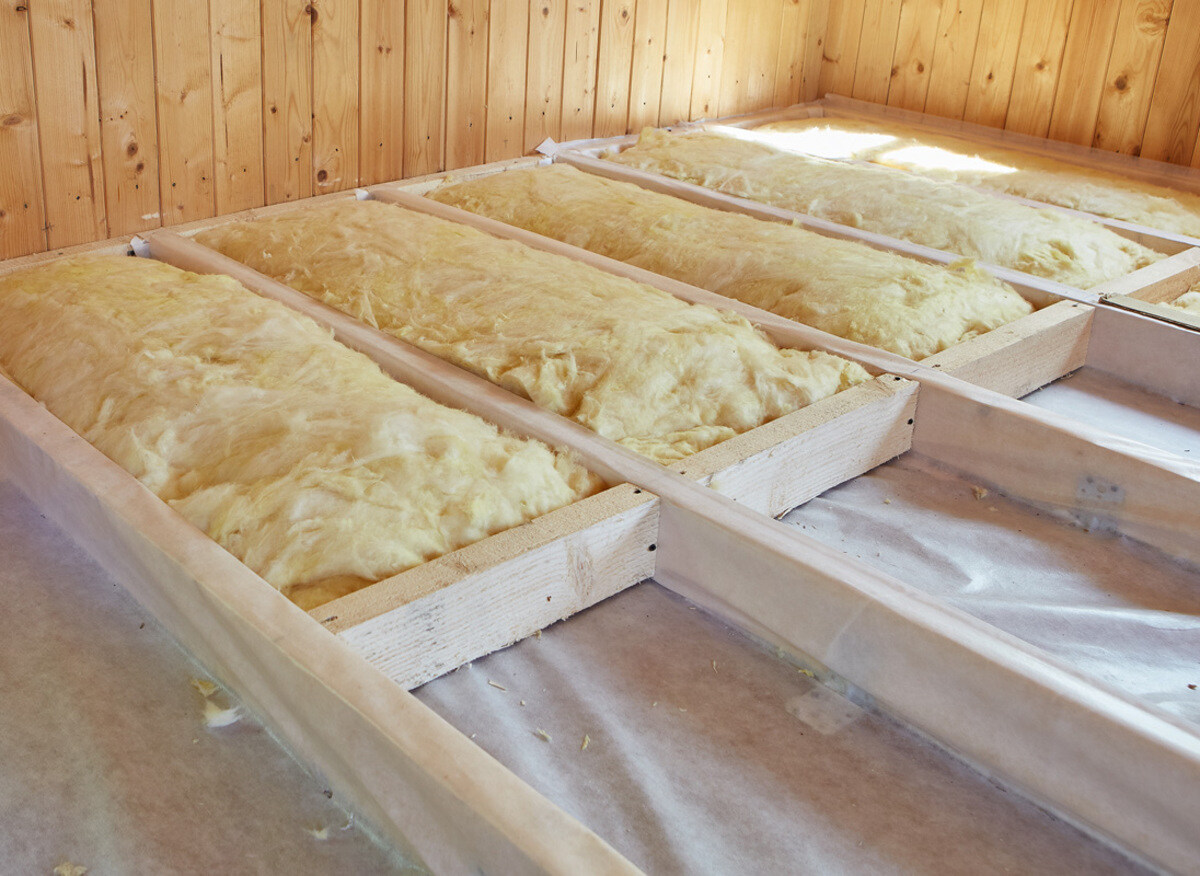
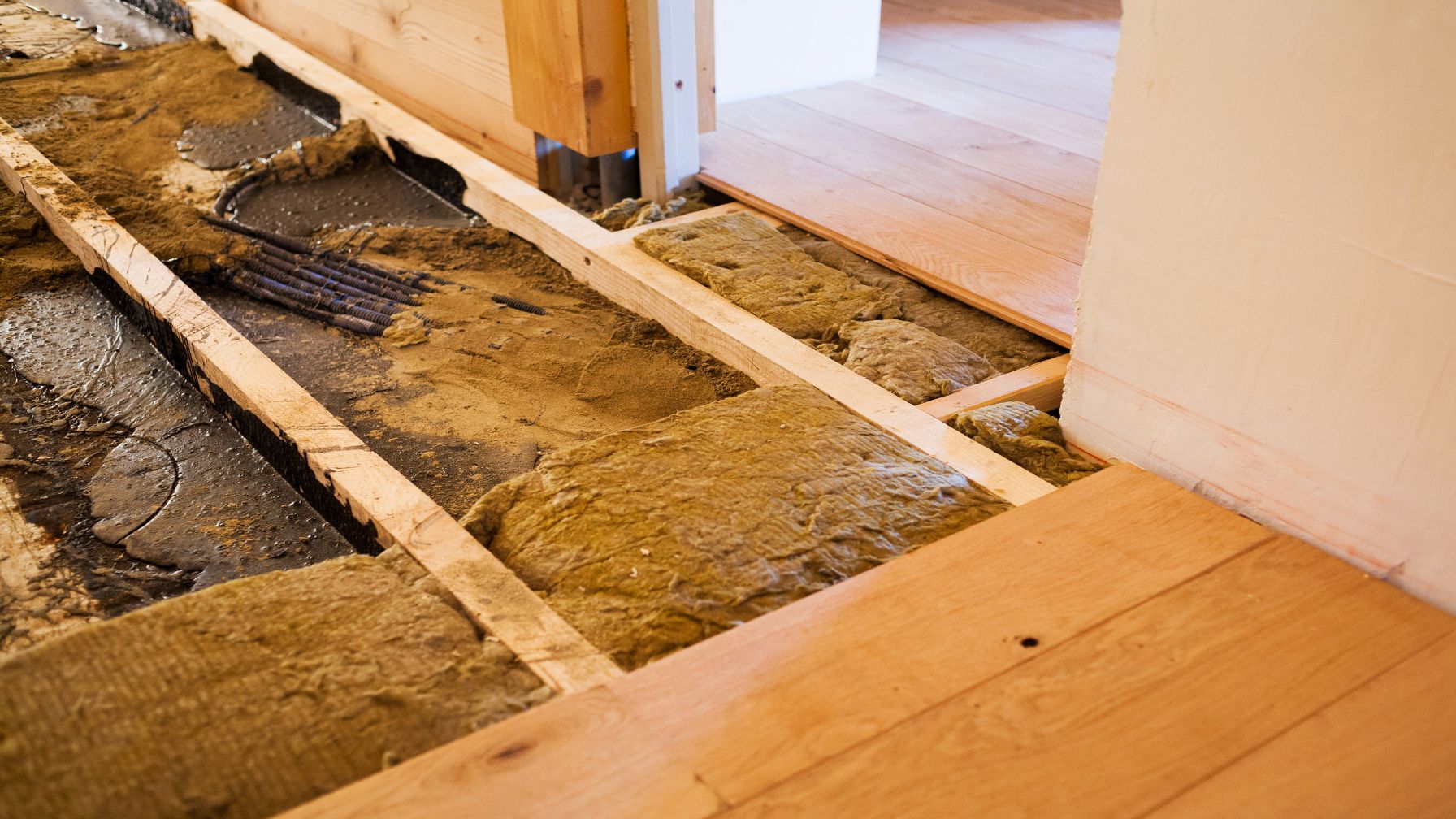
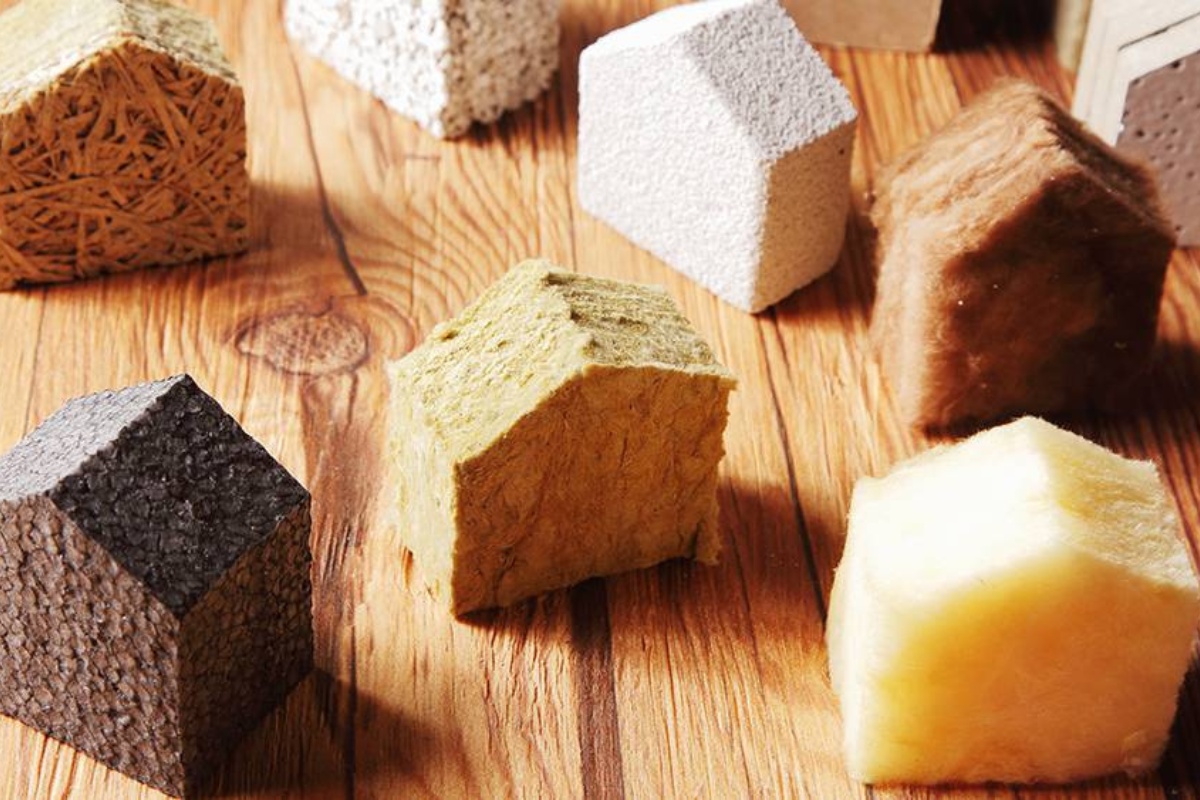
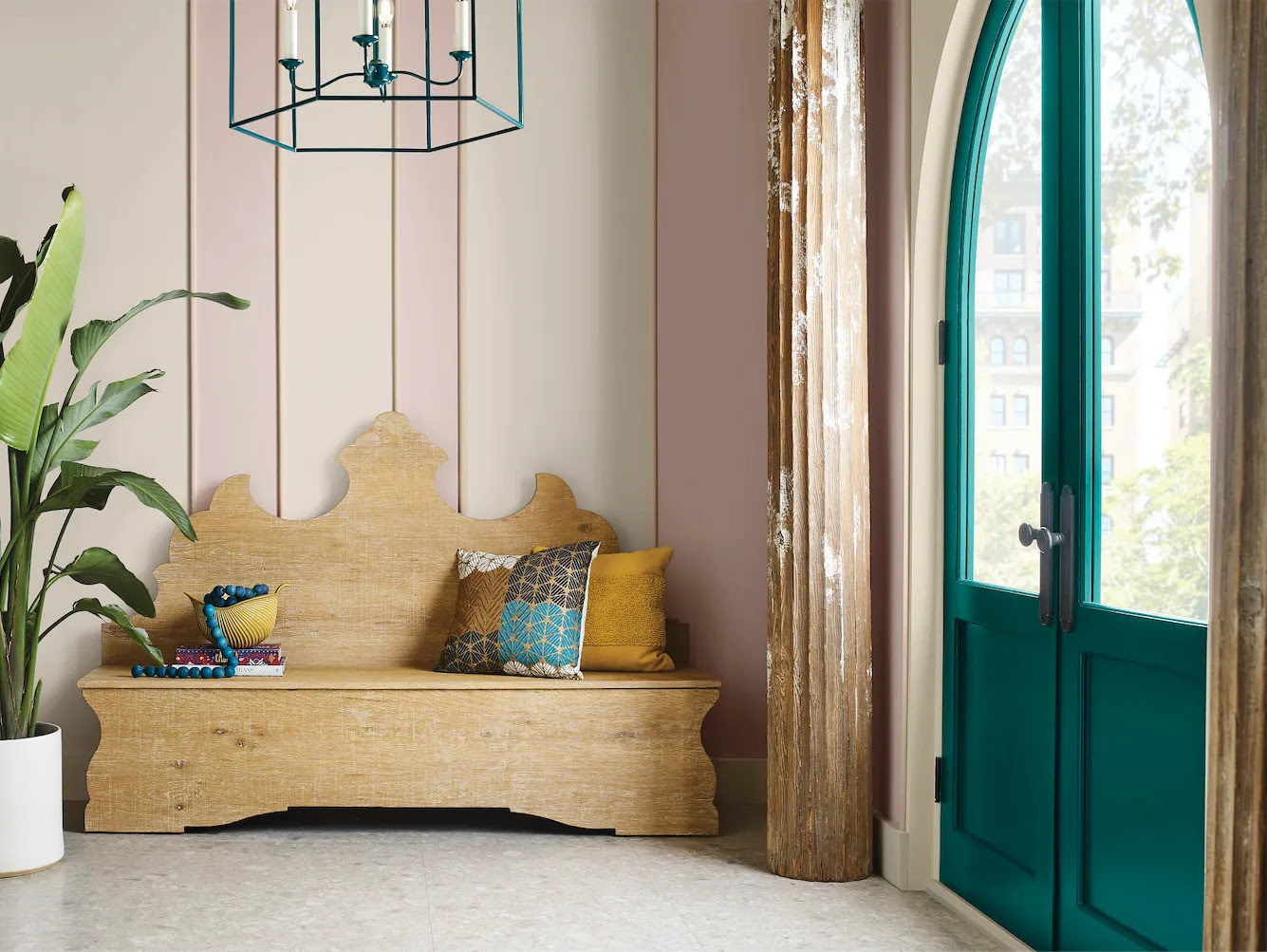

0 thoughts on “What Type Of Bone Is Used In Home Decor”